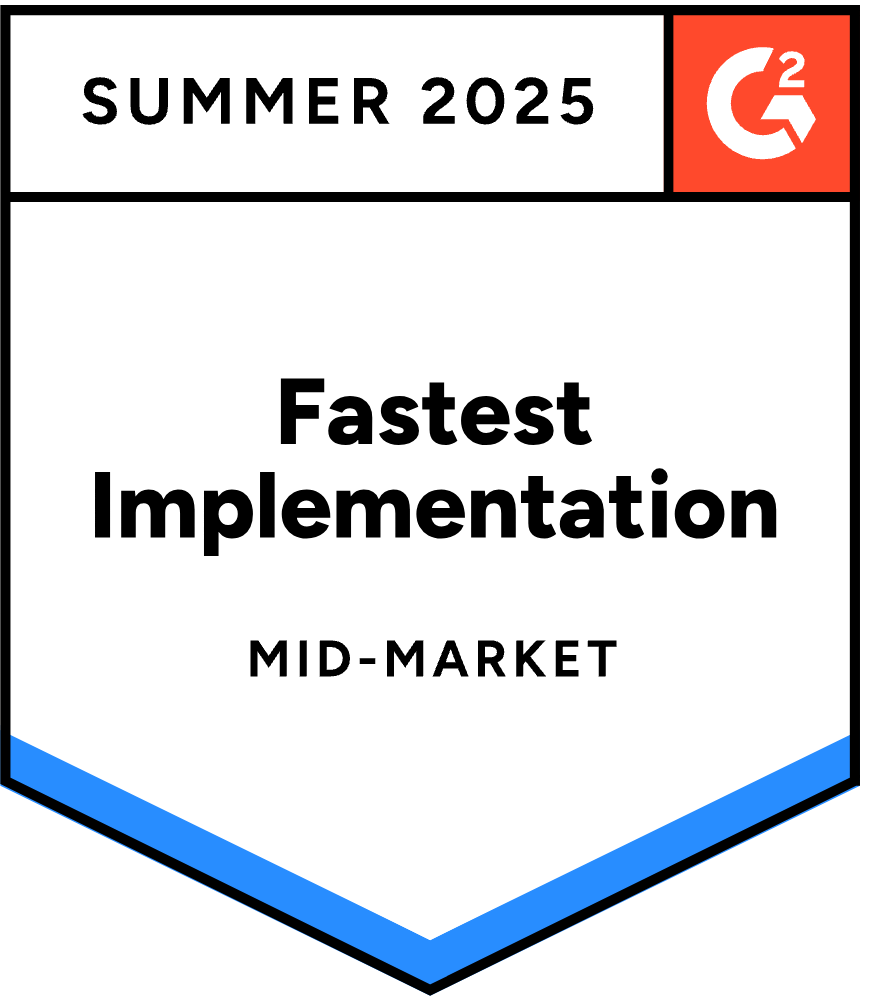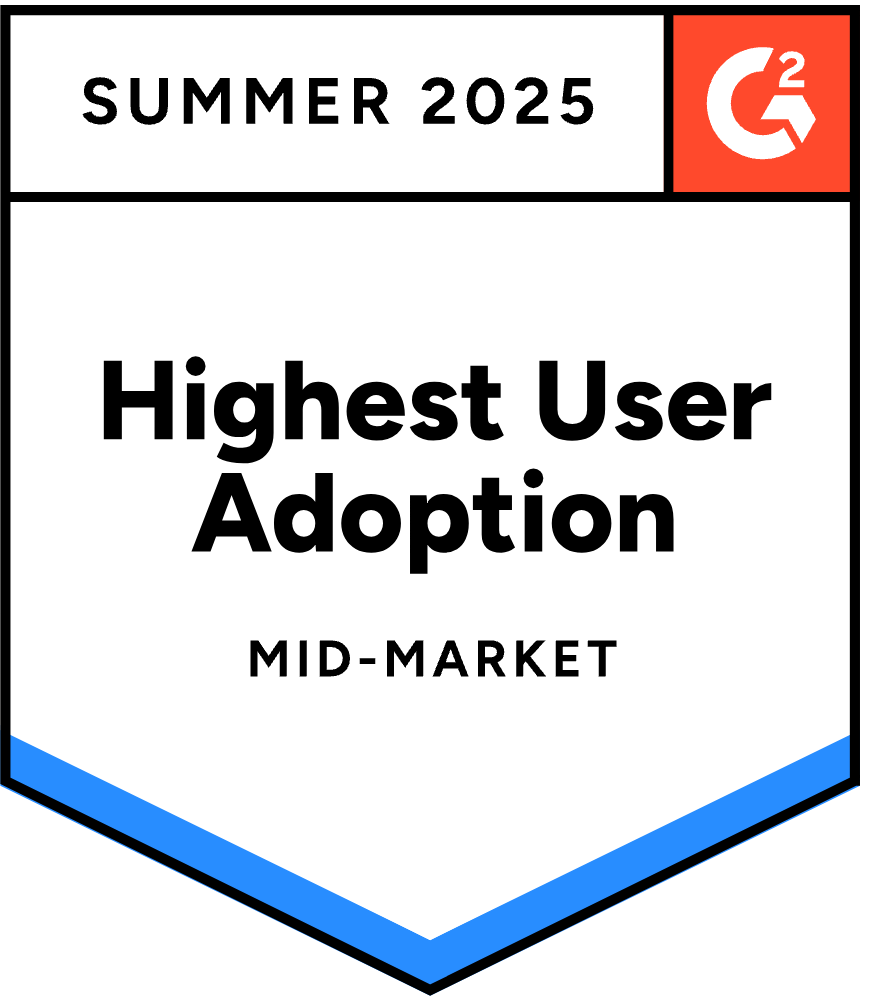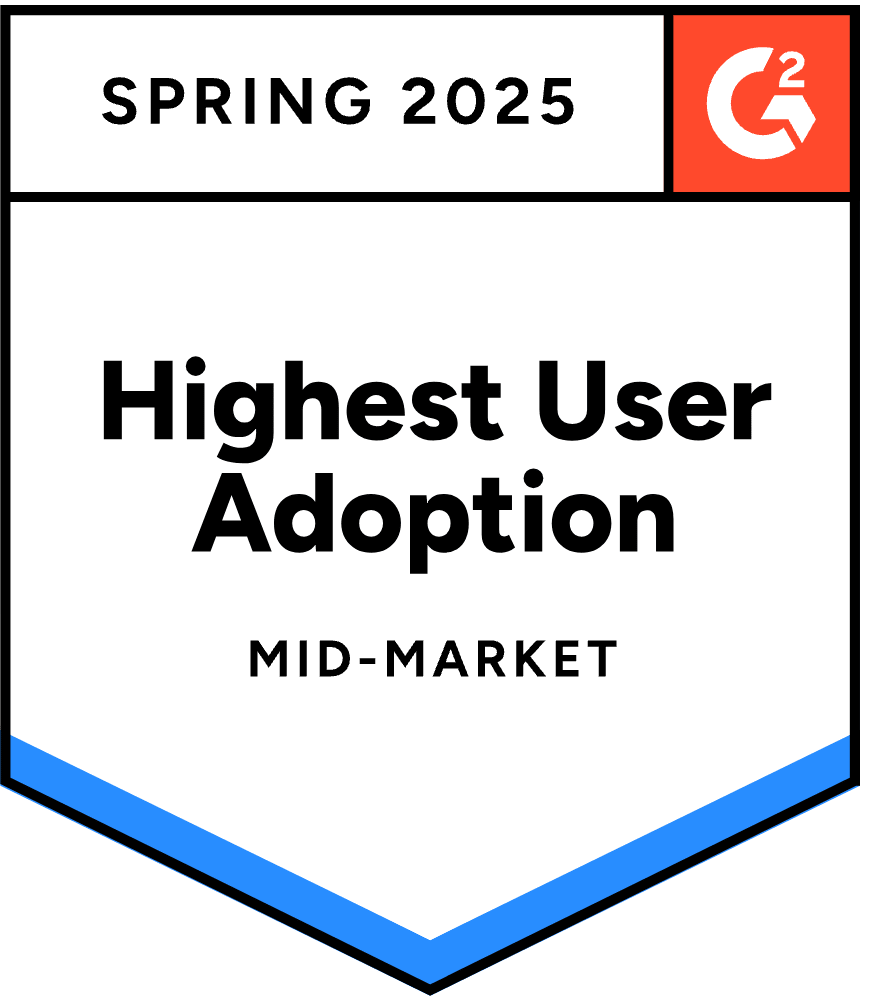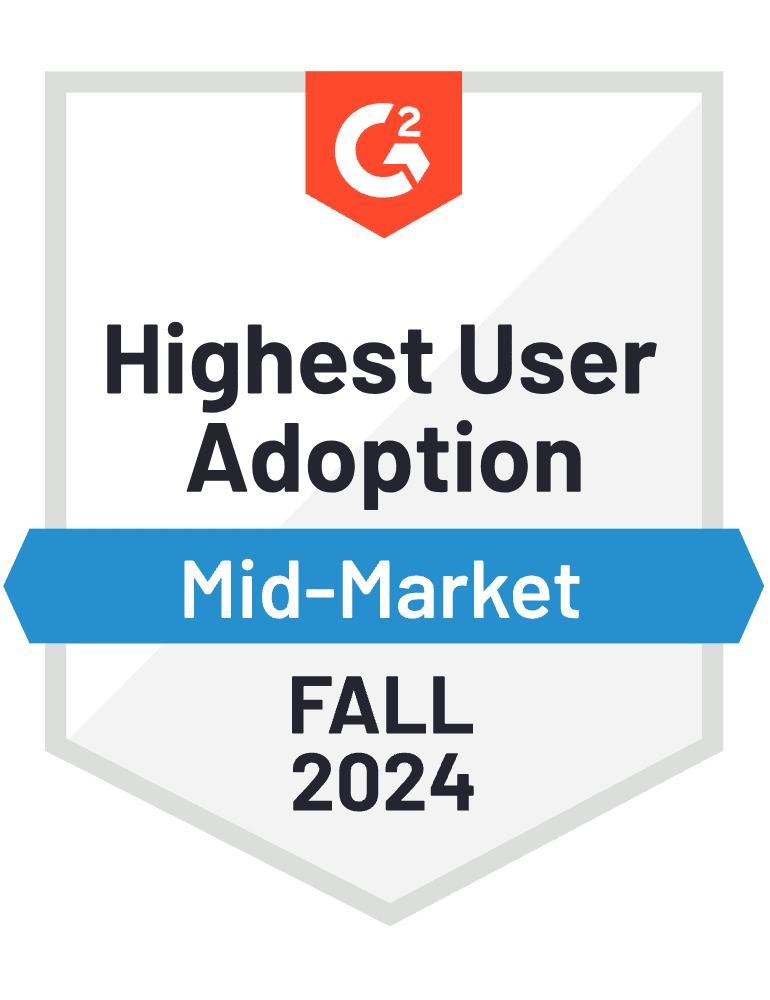Top 10 best online translation sites for businesses in 2025
Finding the right translation platform is essential for companies looking to connect with global audiences and grow their presence in international markets.
The most effective solutions go beyond basic translation — offering automation, integration, and the control enterprise teams need to deliver consistent, high-quality content at scale.
Explore the leading platforms that help businesses localize faster, reduce complexity, and succeed across languages.
Choose the right tools to support global growth — without compromising on quality or speed.
Book your 30-minute demo

Book your 30-minute demo

Trusted by teams at over 1,000 of the world’s leading organizations
Understanding online translation platforms
Online translation platforms are web-based tools that help convert written content from one language to another. Some are designed for quick, one-off jobs. Others offer advanced features for managing large-scale localisation projects across multiple countries and languages.
These platforms vary in how they work. Some rely entirely on machine translation, while others combine AI with human translators for better accuracy. The most sophisticated ones also include built-in project management features — handling everything from the initial brief to final quality checks.
Different users need different solutions. An individual might just need a fast tool to translate a few sentences. But global businesses often need something more robust — a system that supports dozens of languages, keeps content consistent, and works well with their existing processes.
What to look for in a translation platform
Choosing the right platform depends on your goals, team and the kind of content you’re working with. Here’s what to consider:
Translation quality and accuracy
Above all, you want translations that make sense and sound natural. The best platforms use a mix of AI and human review to get the tone, context and terminology right.
Some tools are stronger with certain language pairs — for example, English to French might be spot on, but English to Korean could be more hit-and-miss.
Language support and regional variation
Make sure your target languages are covered — and check how well the platform handles regional differences. For example, Spanish for Spain isn’t the same as Spanish for Mexico, and Brazilian Portuguese differs from the European version.
The best platforms recognise these subtleties and let you localise content properly for each region, not just translate it word-for-word.
File format and compatibility
Think about the types of files you’ll need to translate. Basic platforms might only handle plain text. More advanced ones can work with PDFs, PowerPoints, websites, and even code files or multimedia assets.
If you're dealing with things like marketing brochures, product guides or app interfaces, you’ll want a tool that keeps formatting intact and works with your design or development software.
Turnaround time and translation speed
Need it fast? Machine translation gives you near-instant results. But if you're after higher quality, human review will take more time — sometimes days, depending on the size and complexity of the project.
Some platforms offer a hybrid model: machine translation first, followed by human editing. This is often the sweet spot between speed and quality.
Security and confidentiality
If you’re working with sensitive business information, make sure the platform takes security seriously. Look for features like encrypted file transfers, data protection measures, and clear confidentiality policies.
Avoid uploading confidential files to free tools that don’t guarantee data privacy — it’s just not worth the risk.
Cost and pricing model
Pricing can vary a lot. Free tools are fine for personal use, but if you're translating professional content, you'll likely pay per word, per project, or via a subscription.
Consider the full picture: setup fees, subscription plans, support levels, and any hidden extras. Some platforms offer bulk discounts or unlimited monthly plans, which could save money if you translate content regularly.
Leading online translation platforms
Here are the top translation platforms that deliver reliable results for different needs and budgets.
XTM
XTM provides a complete translation management system designed for businesses that need professional localisation services. The platform serves enterprises, language service providers, and marketing teams managing multilingual content across various channels.
The platform excels in project coordination and workflow automation. Users benefit from advanced collaboration tools and detailed reporting features. XTM integrates well with popular business software, making it easy to incorporate into existing workflows.
However, new users might find the interface complex initially. The pricing can be higher than simpler alternatives, and there's a learning curve for teams new to professional translation management. Despite these challenges, the investment proves worthwhile for organisations handling complex multilingual projects.

XTM offers several specialised solutions
XTM Core Platform
The main translation management system that handles projects from initial setup to final delivery. It includes automated workflows, quality assurance tools, and real-time collaboration features.
XTRF
A business management solution specifically designed for translation companies. It handles client relationships, project coordination, and financial operations.
Rigi
An AI-powered quality assurance tool that automatically identifies translation errors and inconsistencies before project delivery.
Video Creation Cloud
Specialised software for creating and managing multilingual video content, including subtitles and voice-overs.
XTM's AI-powered features
Intelligent Score
Provides immediate insight into translation quality with AI-generated scores that highlight areas requiring focused review attention.
Intelligent Workflow
Automates review steps for content based on its quality and complexity, ensuring high-volume output without compromising accuracy standards.
SmartContext
Delivers natural, consistent translations by referencing translation memory and surrounding segments, reducing literal phrasing and stylistic errors.
Language Guard
Keeps content on-brand and compliant by blocking terms that don't meet your linguistic or regulatory standards.
Transifex
Transifex by XTM specialises in software localisation and helps development teams translate applications, websites, and digital products. It's particularly popular among technology companies and software developers who need to localise their products for global markets.
The platform offers excellent integration with development tools and supports continuous localisation workflows. Users appreciate its collaborative features and automated translation memory capabilities. The platform works well for teams that need tight integration with their development processes.
However, costs can escalate quickly for large projects. The interface may feel overly technical for non-developers, and some users report occasional synchronisation issues with connected repositories.

DeepL
DeepL has gained recognition for producing high-quality machine translations that often surpass other automated tools. It serves individuals, small businesses, and professionals who need quick, accurate translations without human intervention.
The platform excels particularly with European languages and provides contextually aware translations that sound natural. Users appreciate its clean interface and the ability to see alternative translations for individual words and phrases.
However, DeepL supports fewer languages than many competitors and lacks advanced project management features. The free version has character limits that may frustrate users with larger translation needs.
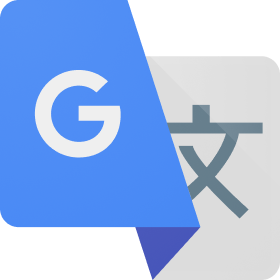
Google Translate
Google Translate remains the most widely used free translation service, supporting over 100 languages and various input methods including text, voice, and images. It serves casual users, students, and businesses needing basic translation capabilities.
The platform offers impressive language coverage and convenient mobile applications with camera translation features. Users value its accessibility and integration with other Google services. The service is completely free and instantly accessible.
However, translation quality varies significantly between language pairs, and it lacks professional features like project management or human review options. Privacy concerns may also affect business users handling sensitive content.
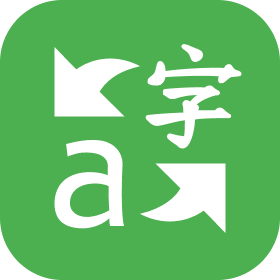
Microsoft Translator
Microsoft Translator integrates seamlessly with Microsoft Office applications and provides translation services for businesses already using Microsoft's ecosystem. It targets office workers, educators, and organisations that need translation within their existing workflows.
The platform offers good integration with popular business software and supports real-time conversation translation. Users appreciate its Office integration and enterprise security features. The service works well within the Microsoft environment.
However, translation quality doesn't match DeepL for many language pairs, and the interface feels less modern than competitors. Limited customisation options may frustrate users with specific requirements.
Real results with XTM's cloud based translation tools. Not just promises.
Businesses using XTM see faster turnaround times, fewer errors, and consistent quality across languages and channels.
Reduction in translation errors
Cost saving with machine translation
faster time-to-market
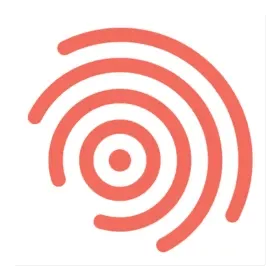
Smartling
Smartling targets enterprise customers who need to translate websites, applications, and marketing content at scale. It serves large corporations, marketing agencies, and ecommerce businesses managing global content strategies.
The platform provides strong automation features and excellent integration with content management systems. Users praise its visual context tools and collaborative translation environment. The service handles large-scale projects effectively.
However, pricing can be prohibitive for smaller businesses, and the platform may be overly complex for simple translation needs. Some users report steep learning curves for new team members.
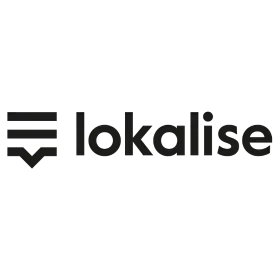
Lokalise
Lokalise specialises in software localisation and helps development teams translate mobile apps, web applications, and games. It targets software companies, mobile app developers, and gaming studios that need to localise their products efficiently.
The platform offers excellent developer tools and supports continuous localisation workflows. Users appreciate its integration capabilities and collaborative features for development teams. The service works well for technical teams.
However, costs can be expensive for large projects, and the focus on software may limit its usefulness for other content types. Some users find the pricing structure complex to understand.

Phrase
Phrase combines translation management with localisation automation, serving businesses that need to translate software, websites, and marketing materials. It targets mid-sized companies and enterprises looking for scalable translation solutions.
The platform provides good automation features and supports various file formats. Users value its integration options and collaborative workspace. The service offers reasonable scalability for growing businesses.
However, the interface can feel cluttered, and pricing may be high for smaller teams. Some users report occasional performance issues with large projects.
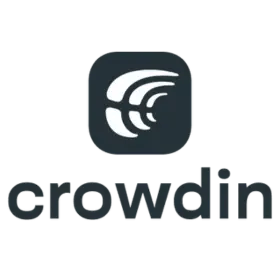
Crowdin
Crowdin serves software companies and content creators who want to involve their communities in translation efforts. It's popular among open-source projects, gaming companies, and businesses that use crowdsourced translation approaches.
The platform excels in community management and provides tools for coordinating volunteer translators. Users appreciate its gamification features and collaborative environment. The service works well for community-driven projects.
However, quality control can be challenging with community translators, and the platform may not suit businesses requiring guaranteed translation quality. Management overhead for community projects can be significant.

Weglot
Weglot automatically translates websites and provides tools for managing multilingual web content. It serves small to medium businesses, agencies, and website owners who need to make their sites available in multiple languages quickly.
The platform offers easy setup and automatic translation of web content. Users appreciate its simplicity and quick deployment capabilities. The service requires minimal technical knowledge to implement.
However, translation quality relies heavily on machine translation, and customisation options are limited. The pricing model based on translated words can become expensive for large websites.
Making the right choice for your business
Selecting the best online translation platform depends on your specific requirements, budget constraints, and quality expectations. While free tools like Google Translate work for basic personal needs, professional platforms like XTM offer the quality assurance and project management features that businesses require for successful international expansion.
For organisations serious about global growth, investing in a professional translation management platform provides significant returns through improved quality, faster turnaround times, and better project coordination. The advanced features available in professional platforms, from AI-powered quality assurance to detailed analytics dashboards, make complex multilingual projects manageable and successful.
Professional platforms also provide better security, compliance features, and support services that businesses need when handling sensitive content or meeting regulatory requirements in different markets.
Ready to expand your global reach?
Experience the power of professional translation management with XTM. Our comprehensive platform combines cutting-edge AI technology with expert human oversight to deliver exceptional results for your international projects. Book your demo today and discover how the right translation platform can accelerate your global growth.
Frequently asked questions
What makes professional translation platforms different from free tools?
Professional translation platforms offer human review options, advanced project management features, better security measures, and quality guarantees. Free tools typically provide basic machine translation without quality assurance, limited file support, and no business-level security features.
How do I know if a translation platform will work for my industry?
Look for platforms that offer specialised features for your industry. Software companies need development tool integration, while marketing agencies require design file support. Many platforms offer free trials that let you test their capabilities with your specific content types.
Can I use multiple translation platforms for different projects?
Yes, many businesses use different platforms for different needs. You might use a free tool for quick internal communications and a professional platform for customer-facing content. However, using multiple platforms can complicate project management and consistency across your content.
What should I do if I need languages that aren't widely supported?
Look for platforms that specialise in less common languages or work with language service providers who can handle your specific requirements. Some platforms partner with human translators who cover rare language pairs that machine translation doesn't support well.
Scale your operations further
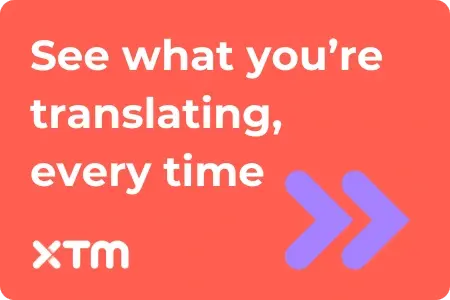
Translation accuracy with SmartContext
Discover how SmartContext blends translation memory, inline tagging, and large language models to deliver high-quality, context-aware AI translations.
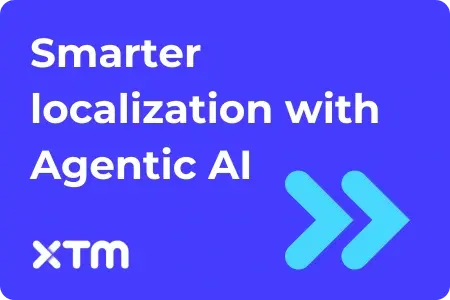
Transform how teams work with Agentic AI
Learn how XTM’s embedded AI agents help project managers and linguists automate tasks, surface insights, and make faster decisions—without losing control.
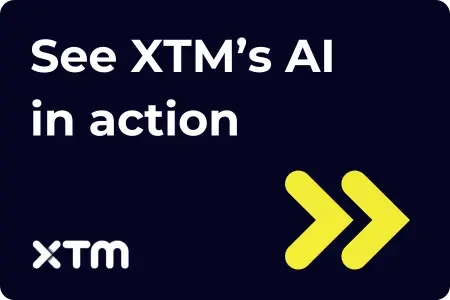
Take the XTM product tour
Explore how XTM’s AI features work across real-world translation workflows—from quality checks and SmartContext to agent-led support in Workbench.

%20Request%20pricing%20v2.webp)

